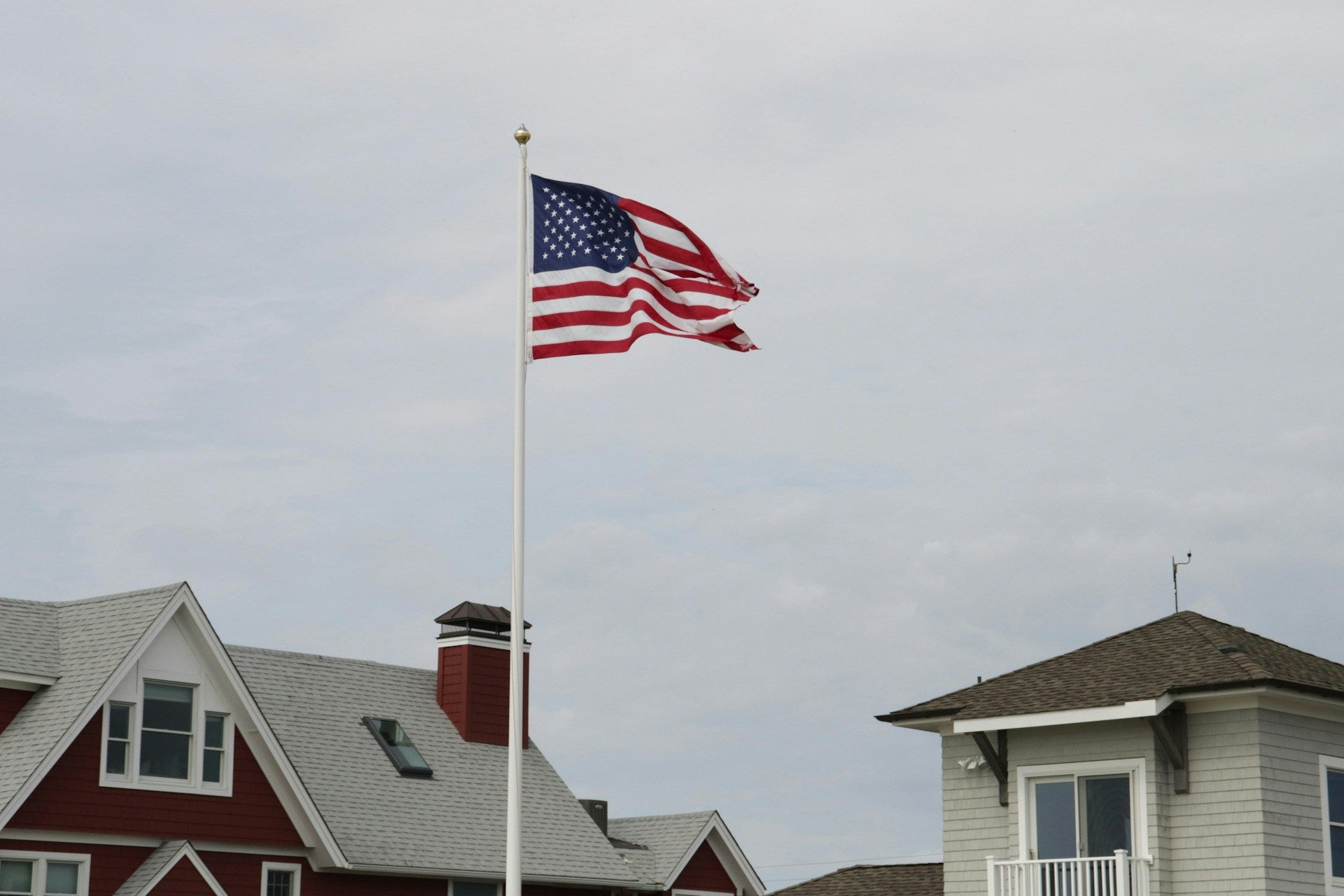
· By Drew Whitmore
High-Wind Flagpoles: What Homeowners Should Know
Flagpoles for High-Wind Locations: What Homeowners Need to Know
For homeowners living in coastal areas or windy regions, selecting the right flagpole is about more than looks — it’s about safety and durability.
Strong winds can place enormous stress on a flagpole, and without the proper materials and ratings, damage is inevitable.
This guide explains how to choose a flagpole for high-wind locations, covering wind ratings, material choices, and installation tips.
For a reliable setup, consider starting with a sturdy 24ft flagpole kit designed for strength and resilience. Pair it with American made flags to ensure both pole and flag are built for pride and performance.
Understanding Wind Ratings
Flagpoles are tested for wind speeds with and without flags attached. These ratings are crucial for homeowners in windy environments.
-
Without flag: Represents the maximum wind speed the bare pole can handle.
-
With flag: Always lower than without a flag, since fabric adds wind load.
- Regional standards: Coastal homes may need poles rated for 120+ mph winds.
Review detailed guidance in our flagpole wind rating guide to match pole strength with local conditions.

Best Materials for High-Wind Flagpoles
The material you choose makes a major difference in performance and longevity.
-
Aluminum: Lightweight, naturally corrosion-resistant, and common for residential use.
-
Steel: Extremely strong, but requires coatings to resist rust.
- Fiberglass: Non-corrosive and flexible, suitable for coastal winds but less traditional in appearance.
Learn which option works best for your region in our article on best flagpole materials for coastal homes.
Installation Tips for Wind Resistance
Even the strongest flagpole can fail without proper installation. Homeowners should:
-
Dig deep: A stable foundation prevents tipping. See our guide on flagpole ground depth.
-
Use quality sleeves: PVC or metal sleeves protect poles from soil contact.
-
Drainage: Prevents water pooling that can weaken foundations.
- Regular checks: Inspect hardware and ropes to catch wear early.
Good installation makes all the difference in how well your pole withstands storms.

Maintenance for Longevity
Regular upkeep ensures your flagpole remains strong even in high winds.
-
Lower flags in storms: Always take down the flag during extreme conditions.
-
Inspect for wear: Check for cracks, corrosion, or loose fittings.
- Protective coatings: Use powder coat or paint for added durability.
See our article on preventing flagpole corrosion for more tips on long-term care.
Making the Right Choice
Selecting a flagpole for a high-wind location means balancing aesthetics, safety, and durability.
By understanding wind ratings, choosing the right material, and ensuring proper installation, you’ll have a display that’s both safe and patriotic.
If you’re unsure which setup is best for your home, don’t hesitate to contact us for expert recommendations.
